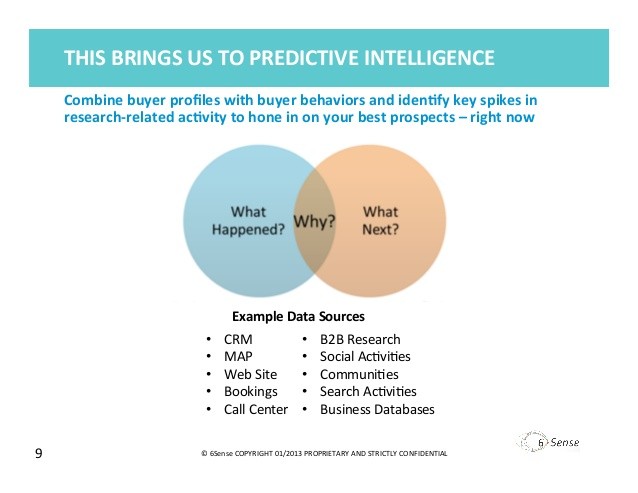Market Research Predicting the ROI
Post on: 16 Март, 2015 No Comment

Traffic Question #9
Lisa Beck asked:
We are pitching business for this site and they want us to give an ROI based on the marketing and web design enhancements we have suggested. Without being given any numbers like number of visits per day, conversion to tickets, how do we prepare a best educated guess to stay in the running–we have told them that we would be making up numbers but they insist they need to make a business case to finance to get addl funding and they wont hold us to it–which makes us nervous for all the obvious reasons. Your insight would be helpful.
ROI stands for Return on Investment and means exactly that: the measurement of profit or loss relative to a specific investment. Predicting the ROI for a web-based venture can be difficult, but here are some tips and statistics to form your best guesstimate.
Assuming that you are incorporating Search Engine Optimization into the development phase for your potential website, your market research can shed some light on the number of visitors that you can expect.
Let’s say for example that you are optimizing the main page for a phrase that gets 2,000 searches a day across the major search engines. You analyze the SERPs (Search Engine Results pages) and determine whether you can get this page ranking in the top 3 results within the first year.
The top 3 search results share 50% of the click-through’s
This is certainly not an exact science as there are many variables at play, including the use of copywriting skills in your Title and Description meta tags. That said, if that statistic holds true — and we assume that the top 3 results share those click-through’s somewhat equally — you can expect roughly 333 click through’s per day to the main page from the major search engines.
Obviously you want to optimize each web page on the site for a specific phrase or search term that matches the content on that particular page. The main page will be optimized for a more general phrase, with internal pages being more specific.
With this in mind, you’ll want to calculate the potential traffic for each page of the site that you believe will rank in the top 3 results for the phrase chosen.
Assuming that each page has a solid call-to-action, you can calculate conversions at around half a percent. Obviously that is going to be a conservative calculation and will depend on what type of conversions you are calculating. It may be half a percent for physical product sales, or 30% on a free offer squeeze page. Those are things you need to take into consideration.
You will also want to analyze other marketing campaigns you intend to run, including: personal recommendations, pay-per-click advertising, viral marketing campaigns etc.
Follow-up will need to figure into that calculation as well. If you are building a mailing list, you want to consider the long-term (ongoing) ROI of your follow-up campaigns.
Taking all of these elements into consideration I would write up an ROI Proposal that explains your marketing strategy, the expected results and the standard conversions. Obviously you will want to include both short-term and long-term calculations.
You may want to include a disclaimer within that proposal as well.
Two tools that you may find helpful when determining the potential ROI are WordTracker and Text Link Ads . WordTracker is a market research tool that will give you the approximate number of searches per day for any given keyword phrase. Text Link Ads is an ad broker, and they offer a free calculator to determine the value of advertising on any given site. With a new site (or a site in development) you can use the link to a similar or competing website to determine the value of future ad sales.
Have a question about Website Traffic?
Best,














